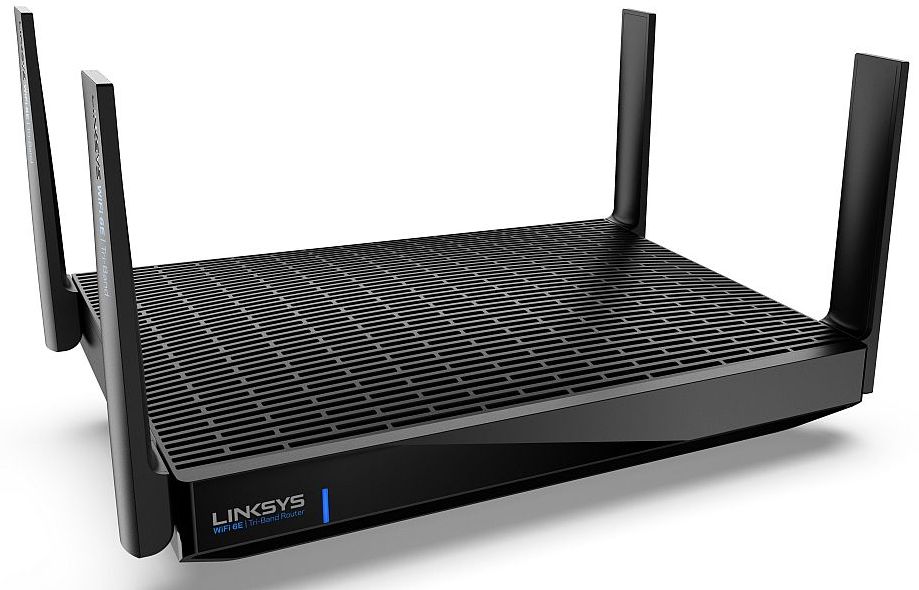
Continue reading on SmallNetBuilder

There are ISPs in Asia that offer 10 Gbps Internet service. I know someone who was betatesting such a service. Those speedtest results he shared with me were pretty insane.Are there any consumer ISPs currently available now or in the near future before that router becomes outdated that are offering speeds above 2.5Gbps?
The results also make me wonder if there is some other bottleneck, such as a lack of hardware acceleration leading to a WAN port bottleneck, where it can have a 5GbE PHY rate but struggle to go much above 2Gbps. Would it be possible to also connect a few devices to the other LAN ports in addition to the wireless clients to see if more data can be pushed through the WAN port?
Does it support Wi-Fi EasyMesh? There is no consumer vendor I know of that says they do. AFAIK, EasyMesh is attractive to service providers only. I can't see the consumer guys making it easy to mix and match. Hell, they don't even use common terminology.QSDK on ath11k supports mesh out of the box - so I'm not surprised here - potential here is that one can mesh up dissimilar vendors in a coherent manner as long as all the right #defines are set in the firmware...
Does it support Wi-Fi EasyMesh? There is no consumer vendor I know of that says they do. AFAIK, EasyMesh is attractive to service providers only. I can't see the consumer guys making it easy to mix and match. Hell, they don't even use common terminology.
Probably because Belkin is a hardware developer, and they see software development as an expense, rather than an added value for their products, and they probably outsource most of it. The current software works "well enough" for them to sell new hardware, so they stick with it, spending as little as possible on the software side of things.I'm pretty sure I'm not the only one who's scratching their head why Linksys/Belkin would still stick to the slow GUI and the missing OpenVPN features.
Interestingly enough, there was a time where Foxconn were doing at least some of the Netgear firmware development, if I remember correctly (their name was in some of the commented sections of code within Netgear's firmware).Remember, Belkin is now owned by Foxconn. I have no idea who is now developing LInksys products.
Is Foxconn owned by China? I heard Belkin sold to China. But I thought Foxconn does work for Apple.
Same for most router makers imho and it's really sad, but not all blame lies with the router makers, as often the chipset vendors are just as guilty.Probably because Belkin is a hardware developer, and they see software development as an expense, rather than an added value for their products, and they probably outsource most of it. The current software works "well enough" for them to sell new hardware, so they stick with it, spending as little as possible on the software side of things.
This is a fairly common attitude in the hardware market. How often have we seen great hardware that was held back by absolutely horrible software.
Unlikely. I don't get that far into the design. I don't know of any besides ASUS that allow SSH access.@thiggins any chance, time permitting and OS permitting, that you could list the Linux kernel version that the routers you test ship with?
Great review.Linksys' Hydra Pro 6E is a slightly more affordable Wi-Fi 6E router with good 6 GHz, but disappointing 2.4 and 5 GHz performance.
Continue reading on SmallNetBuilder
Sorry, but you clearly have no idea what you're talking about when it comes to router SoCs and it's highly unlikely that your issue has anything to do with the actual SoC.Great review.
The reality is that upload speeds with the gtaxe11000 are absolutely terrible. Super slow, and super unreliable, as many users including me mention.
Another very important thing. For how long have you owned and how much have you used the gtaxe11000?
I owned one AX router, the raxe500 and this GTAXE11000, all of them with the BCM4908. All three failed the same exact way. At some point they stop giving you proper speeds over Wi-Fi, as simple as that. I used to get 1.4gb down over 5 and 6ghz with the gtaxe11000 and the other two, and now is capped at about 600mbps, as the other two... Nothing you can do to fix it. At least the gtaxe11000 lasted 5 months, the other two raxe500 and archer ax11000 didn't even made it to the return period...
I should have followed my gut after the first two.
The thing people fail to understand is the BCM4908 is an ancient processor, never meant to be used with AX. Those with crappy internet at home will never notice, but anyone with gigabyte speeds will see these routers are total absolute trash and will eventually fail. Am I unlucky? No, it can't be bad luck.
Imagine making an adjustment to fit an 8700k with a motherboard with all the new stuff. DDR5, PCIe 5.0 etc. A total monstrosity. That's what they literally did to these routers.
I'm sure this Networking Pro 810 Platform is not free of faults, but at least is not the Frankenstein they did using that ancient Broadcom chip.
I just got the Linksys today at BestBuy for $312.96 after tax and after trading and old $5 craigslist router, let see how it goes...
but anyone with gigabyte speeds
if you want gigabyte speeds

Welcome To SNBForums
SNBForums is a community for anyone who wants to learn about or discuss the latest in wireless routers, network storage and the ins and outs of building and maintaining a small network.
If you'd like to post a question, simply register and have at it!
While you're at it, please check out SmallNetBuilder for product reviews and our famous Router Charts, Ranker and plenty more!
